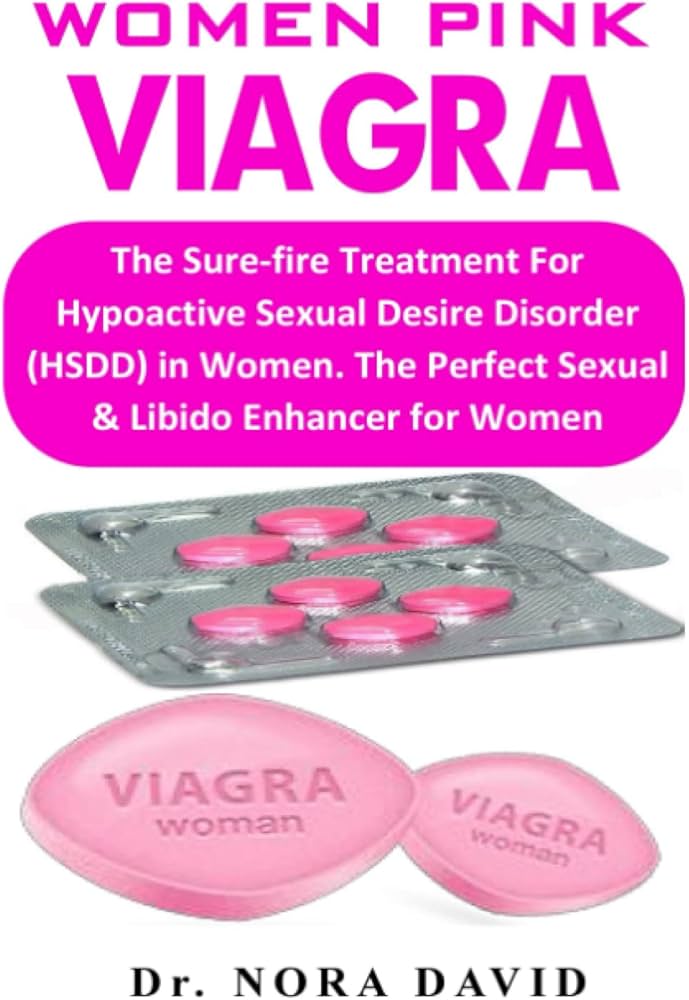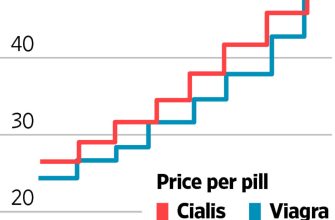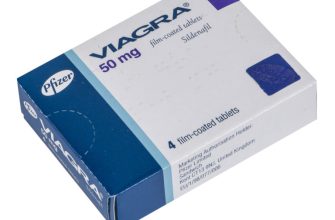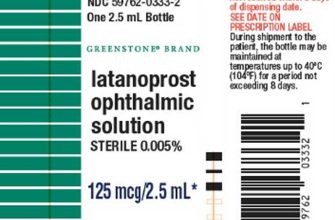Facing challenges with sexual desire or arousal? Consider exploring FDA-approved treatments like flibanserin (Addyi), a non-hormonal medication specifically designed to address Hypoactive Sexual Desire Disorder (HSDD) in premenopausal women. This medication works differently than Viagra, targeting brain chemistry rather than blood flow.
Remember that Addyi requires a prescription and carries potential side effects such as nausea, dizziness, and sleepiness. Open communication with your doctor is key; they can assess your medical history, discuss potential risks and benefits, and help you determine if Addyi is the right choice for you. Your doctor might also suggest alternative approaches, such as therapy or lifestyle changes, to improve sexual health.
Beyond medication, explore therapies like couples counseling or individual therapy to address underlying psychological factors contributing to low libido. Lifestyle modifications, including regular exercise, stress management techniques, and a balanced diet, can also play a significant role in enhancing overall well-being and sexual function. Prioritize these elements alongside medical advice for holistic improvement.
- Female Viagra for Women: A Detailed Guide
- Understanding Female Sexual Dysfunction: Types and Prevalence
- Prevalence Rates and Impact
- Beyond the Numbers: Individual Experiences
- Flibanserin (Addyi): Mechanism of Action, Efficacy, and Side Effects
- Alternative Treatments for Female Sexual Dysfunction: Non-Pharmaceutical Options
- Lifestyle Changes for Improved Sexual Health
- Alternative Therapies
- Important Note:
- Considering Flibanserin: Benefits, Risks, and Patient Selection
- Benefits
- Risks
- Patient Selection
- Additional Considerations
- Navigating the Discussion with Your Doctor: Getting the Right Treatment
Female Viagra for Women: A Detailed Guide
Flibanserin (Addyi) is currently the only FDA-approved medication specifically for the treatment of hypoactive sexual desire disorder (HSDD) in premenopausal women. It’s crucial to understand that it doesn’t work like Viagra for men; it doesn’t directly increase blood flow to the genitals.
Instead, Flibanserin affects brain chemistry, potentially improving sexual desire over time. Expect gradual changes, not immediate results.
- How it works: Flibanserin increases serotonin, norepinephrine, and dopamine levels in the brain, influencing libido.
- Dosage: Typically, it’s taken once daily at bedtime. Your doctor will determine the appropriate dosage.
- Side effects: Common side effects include dizziness, nausea, sleepiness, and fatigue. These usually subside with continued use.
- Interactions: Flibanserin interacts with certain medications, especially alcohol and some antidepressants. Discuss all medications with your doctor before starting Flibanserin.
Other options for treating low libido in women exist, including:
- Testosterone therapy: For women with low testosterone levels, this can be beneficial but requires careful monitoring due to potential side effects.
- Counseling or therapy: Addressing underlying psychological factors contributing to low libido can be highly effective.
- Lifestyle changes: Regular exercise, stress management techniques, and a balanced diet can positively impact sexual health.
Remember: Self-treating is unwise. Consult your doctor for a proper diagnosis and personalized treatment plan. They can help determine the best approach for your specific situation and rule out other medical conditions.
- Schedule an appointment: Discuss your concerns openly with your gynecologist or healthcare provider.
- Answer questions honestly: Provide a thorough medical history, including current medications and any relevant symptoms.
- Follow instructions carefully: If prescribed medication, adhere to the dosage and timing instructions.
- Maintain open communication: Report any side effects or changes in your condition to your doctor.
Ultimately, a holistic approach combining medication, therapy, and lifestyle adjustments may be most beneficial for improving sexual desire and overall well-being.
Understanding Female Sexual Dysfunction: Types and Prevalence
Female sexual dysfunction encompasses a broad range of problems affecting sexual desire, arousal, orgasm, and satisfaction. The four main types are Hypoactive Sexual Desire Disorder (HSDD), Female Sexual Arousal Disorder (FSAD), Female Orgasmic Disorder (FOD), and Genito-Pelvic Pain/Penetration Disorder (GPPPD).
Prevalence Rates and Impact
Studies show HSDD affects approximately 30-50% of women, making it the most common type. FSAD, characterized by difficulty achieving or maintaining adequate lubrication and swelling, impacts a significant portion of women, although precise numbers vary depending on diagnostic criteria and study methodology. Data on FOD suggests a prevalence around 10-15%, while GPPPD affects up to 15% of women, often impacting their ability to engage in sexual intercourse.
These disorders significantly impact quality of life, resulting in decreased sexual satisfaction, relationship distress, and emotional well-being. Recognizing these issues is a crucial first step towards addressing them and seeking appropriate care.
Beyond the Numbers: Individual Experiences
It’s vital to remember that these statistics represent averages; individual experiences vary greatly. Many factors, including medical conditions, relationship dynamics, stress levels, and past trauma, can contribute to sexual dysfunction. Open communication with a healthcare provider is key to receiving personalized assessment and treatment.
Early intervention and appropriate treatment are crucial for improving sexual health and overall well-being. Consult a doctor or qualified sex therapist to discuss your specific concerns and explore treatment options tailored to your unique needs.
Flibanserin (Addyi): Mechanism of Action, Efficacy, and Side Effects
Flibanserin increases brain levels of serotonin, dopamine, and norepinephrine. This complex interplay of neurotransmitters influences sexual desire. Studies show it modestly improves sexual desire in some premenopausal women with hypoactive sexual desire disorder (HSDD).
Clinical trials demonstrated a statistically significant increase in the number of satisfying sexual events compared to placebo. However, the effect size was small, and not all women experienced improvement.
Common side effects include dizziness, nausea, drowsiness, and fatigue. Low blood pressure and syncope (fainting) are less frequent but more serious side effects. Alcohol significantly increases the risk of hypotension. Consequently, women taking flibanserin should avoid alcohol consumption.
Flibanserin is not suitable for everyone. Before starting treatment, consult your doctor to discuss your medical history and potential risks. They can determine if flibanserin is appropriate for you and monitor for any adverse reactions.
Alternative Treatments for Female Sexual Dysfunction: Non-Pharmaceutical Options
Consider incorporating regular exercise into your routine. Studies show physical activity improves blood flow and overall health, positively impacting libido. Aim for at least 150 minutes of moderate-intensity aerobic exercise per week.
Lifestyle Changes for Improved Sexual Health
- Prioritize sleep: Aim for 7-9 hours of quality sleep nightly. Sleep deprivation significantly impacts hormone levels affecting sexual desire.
- Manage stress: Practice stress-reduction techniques like yoga, meditation, or deep breathing exercises. Chronic stress can severely dampen libido.
- Improve your diet: Focus on a balanced diet rich in fruits, vegetables, and lean protein. Nutrient deficiencies can affect sexual function.
- Address relationship issues: Open communication and intimacy are crucial. Consider couples therapy if needed to address underlying relationship conflicts impacting sexual health.
Pelvic floor exercises (Kegels) strengthen muscles crucial for sexual function. Practice regularly, focusing on proper technique. A physical therapist can guide you.
Alternative Therapies
- Counseling: A therapist can help identify and address psychological factors contributing to sexual dysfunction. Cognitive Behavioral Therapy (CBT) is often effective.
- Sex therapy: This specialized therapy addresses sexual concerns within a relationship context, teaching communication and intimacy skills.
- Acupuncture: Some studies suggest acupuncture might improve blood flow to the pelvic area and alleviate symptoms of sexual dysfunction. Consult a licensed acupuncturist.
Important Note:
While these alternatives offer potential benefits, they may not be suitable for everyone. Always consult your doctor or a qualified healthcare professional before starting any new treatment plan to discuss your specific situation and rule out any underlying medical conditions.
Considering Flibanserin: Benefits, Risks, and Patient Selection
Flibanserin offers a potential solution for women experiencing hypoactive sexual desire disorder (HSDD), but careful consideration of its benefits, risks, and suitability is crucial. It increases sexual desire in some women by affecting brain neurotransmitters.
Benefits
Studies show a statistically significant improvement in the number of satisfying sexual events per month for some women taking flibanserin compared to placebo. This improvement is modest, however, and not experienced by all patients. Individual responses vary.
Risks
Common side effects include dizziness, nausea, and sleepiness. More serious, though rare, side effects are possible. A significant risk is low blood pressure, particularly when combined with alcohol. Always follow your doctor’s instructions and avoid alcohol while taking this medication.
| Side Effect | Frequency |
|---|---|
| Dizziness | Common |
| Nausea | Common |
| Sleepiness | Common |
| Low Blood Pressure | Rare, but potentially serious |
Patient Selection
Flibanserin isn’t suitable for every woman. Its effectiveness is limited, and side effects can outweigh benefits for some. Doctors typically prescribe it only to premenopausal women with HSDD who have not responded to other treatments and whose HSDD significantly impacts their quality of life. Pre-existing conditions, like liver disease, may preclude its use. Open communication with your doctor is paramount. A thorough medical history and careful assessment of risks and benefits are necessary before considering flibanserin.
Additional Considerations
Lifestyle factors like stress, relationship issues, and other medical conditions can impact sexual desire. Addressing these factors alongside medication may provide a more holistic approach to managing HSDD.
Navigating the Discussion with Your Doctor: Getting the Right Treatment
Prepare a list of your symptoms, including their frequency, severity, and duration. This helps your doctor understand the full picture of your experience.
Be open and honest about your sexual history and any other health concerns. This information is crucial for accurate diagnosis and treatment planning.
Ask specific questions about potential treatments, including their benefits, risks, and side effects. Don’t hesitate to ask for clarification on anything you don’t understand.
Discuss your lifestyle, including diet, exercise, and stress levels. These factors can influence your sexual health and the effectiveness of treatment.
Explore alternative treatment options if necessary. Your doctor can help you weigh the pros and cons of various approaches.
Keep a record of your appointments and treatment progress. This information will be invaluable for future discussions with your doctor.
Don’t be afraid to seek a second opinion if you’re unsure about a treatment plan. A different perspective can sometimes provide additional clarity.
Follow your doctor’s instructions carefully. Adherence to the treatment plan is key to achieving positive results.
Maintain open communication with your doctor throughout the treatment process. Regular check-ups allow for adjustments as needed.






